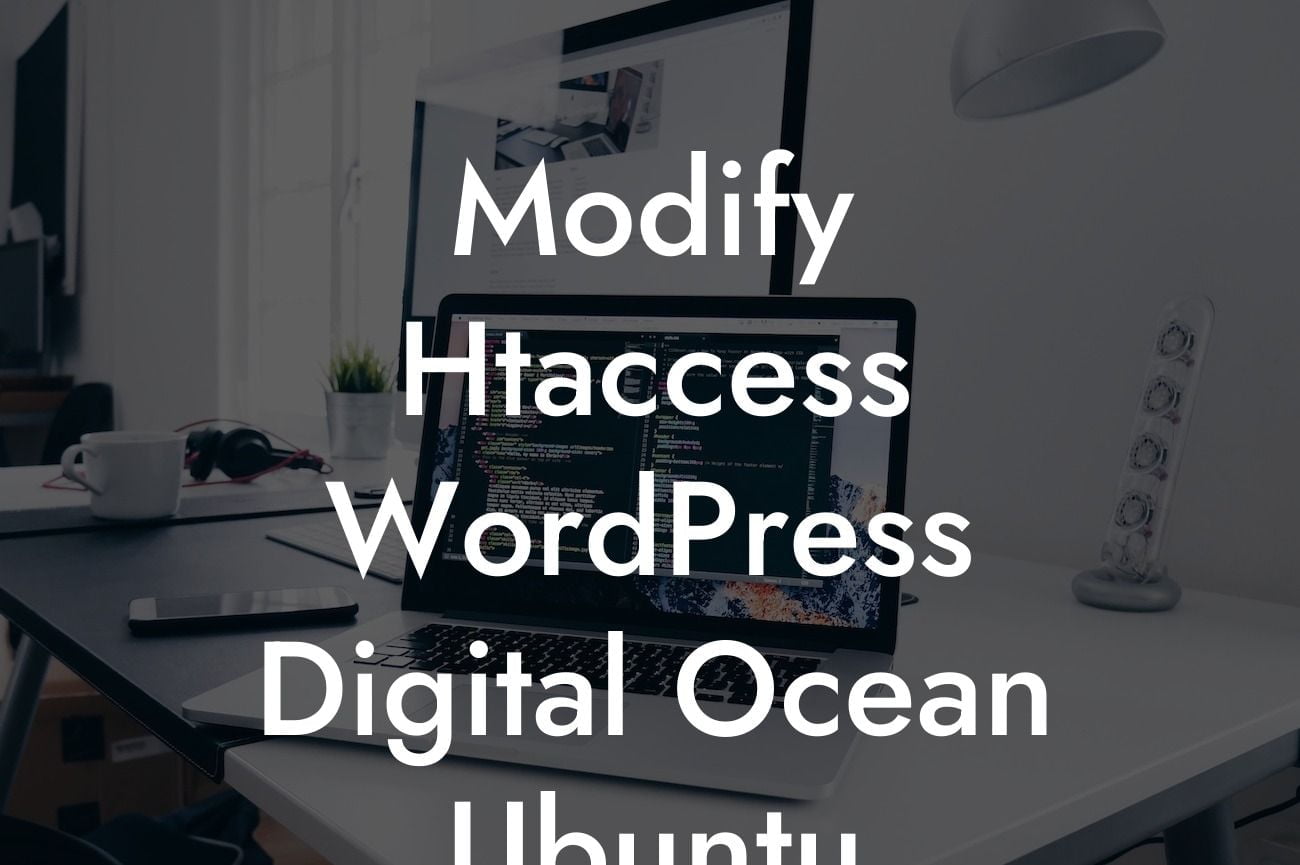Creating a robust and secure online presence for your small business or entrepreneurial venture is crucial. One of the fundamental aspects of WordPress optimization is modifying the .htaccess file. In this guide, we will walk you through the process of modifying the .htaccess file in WordPress on a Digital Ocean Ubuntu server. By leveraging the power of DamnWoo's plugins and following our step-by-step instructions, you can enhance your website's performance and security like a pro.
H2 Heading: Understanding the .htaccess file in WordPress
Adding H2 headings with suitable tags helps to structure the content and improve readability. In this section, we will explain what the .htaccess file is and its significance in WordPress.
H3 Heading: Why modify the .htaccess file?
Bullet Point List:
Looking For a Custom QuickBook Integration?
- Better security: Modifying the .htaccess file allows you to implement security measures like blocking malicious IPs, preventing hotlinking, and protecting sensitive files.
- Improved performance: By enabling caching, compression, and browser caching rules, you can significantly enhance your website's loading speed.
- URL redirection: Custom URL redirection is made possible by modifying the .htaccess file, enabling you to maintain SEO juice when migrating pages or restructuring your website.
H2 Heading: Step-by-step guide to modify the .htaccess file in WordPress on Digital Ocean Ubuntu
In this section, we will provide a detailed guide with clear, step-by-step instructions to modify the .htaccess file. Each sub-section will address a specific modification and its relevance.
H3 Heading: Blocking malicious IPs
Ordered List:
1. Identify malicious IPs: Utilize logs, security plugins, or online tools to track down IP addresses responsible for suspicious activities.
2. Backup your existing .htaccess file: It's crucial to create a backup in case any mistakes occur during the modification process.
3. Add IP blocking rules: Use the suitable code snippet provided in our guide to block malicious IP addresses effectively.
H3 Heading: Enabling caching and compression
Ordered List:
1. Choose the appropriate caching plugin: DamnWoo offers a range of caching plugins; pick the one that suits your website's needs.
2. Install and activate the plugin: Follow the plugin installation instructions and activate it.
3. Configure caching and compression rules: Our guide will provide easy-to-follow steps to enable caching and compression using DamnWoo's recommended plugin.
Modify Htaccess Wordpress Digital Ocean Ubuntu Example:
To illustrate the effectiveness of modifying the .htaccess file, let's consider a hypothetical scenario. A small business owner notices a significant increase in website loading speed after implementing caching, compression, and blocking malicious IPs using the techniques explained in our guide.
In conclusion, modifying the .htaccess file is a powerful way to optimize your WordPress website's performance and security. By following DamnWoo's step-by-step guide, you can elevate your online presence, attract more visitors, and ensure a seamless user experience. Don't forget to share this article with fellow entrepreneurs and explore other insightful guides on DamnWoo. Take a step further and try one of our awesome WordPress plugins to unleash the full potential of your online presence.













